From Friction to Flow: How the Touring Hotel Reimagines Luxury Travel
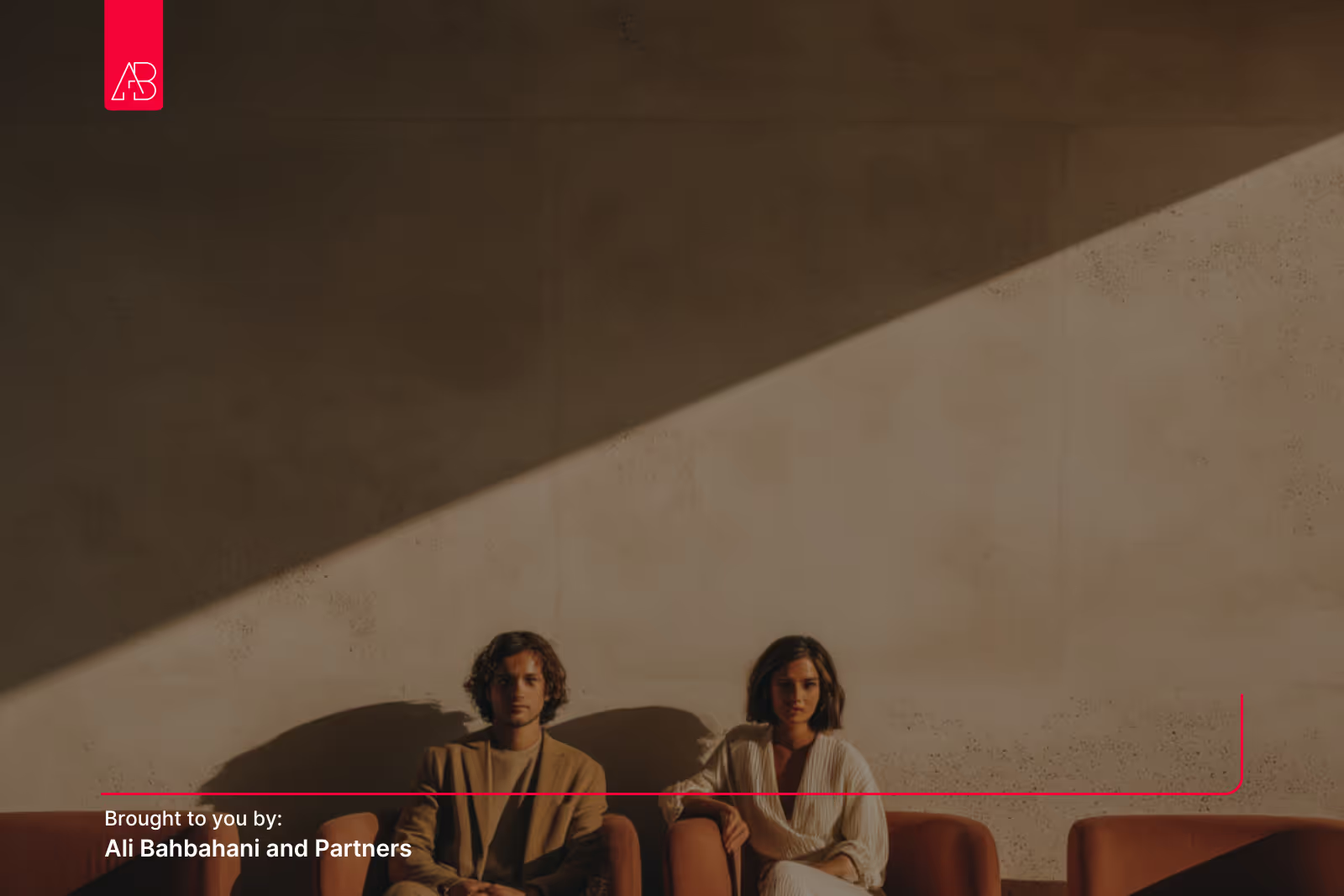
Travel is meant to be liberating, not exhausting.
But too often, multi-city itineraries feel like a rope pull: every stop demands packing, unpacking, check-ins, explaining yourself, restarting. What was supposed to be a seamless journey becomes a sequence of friction points.
Over the years, I’ve written and researched this tension between dream itineraries and logistical grind. In “Luxury That Moves With You: The Touring Hotel Model” I laid out the vision of connecting boutique stays across destinations. And in “Bridging Academia and Practice: Insights from Multi-Destination Travel Research” I dug into traveler psychology, push-pull models, and how hotel services can influence what journeys people choose to take.
This article isn’t a repeat. It’s the narrative of how that idea becomes a lived experience — how a guest might move through this model, and why the Touring Hotel is not just elegant theory but a new category of travel.
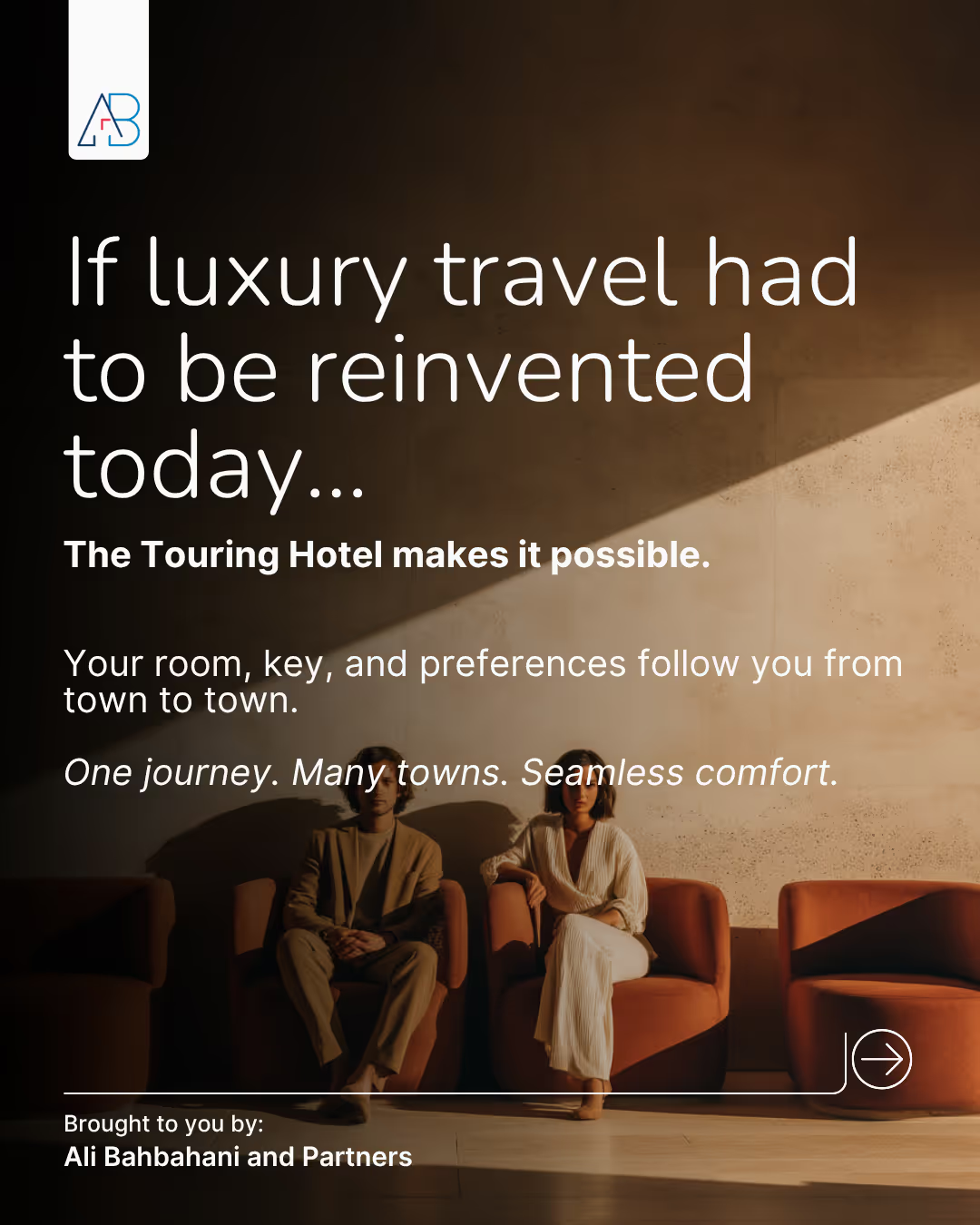
1. The Turning Point: When Luxury Travel Fractures
I remember meeting a traveler in Florence, exhausted from moving hotels every two nights. She had packed, repacked, checked in at dusk, waited in lobbies, then hit the streets exhausted. Her lodging changed, but her tension never did.
That’s the implied “problem slide” of our carousel:
Multi-city trips, beautiful… but broken.
Packing. Queuing. Explaining yourself — again and again.
Luxury travel should feel like a flow, not a reset. That friction is where the Touring Hotel begins.
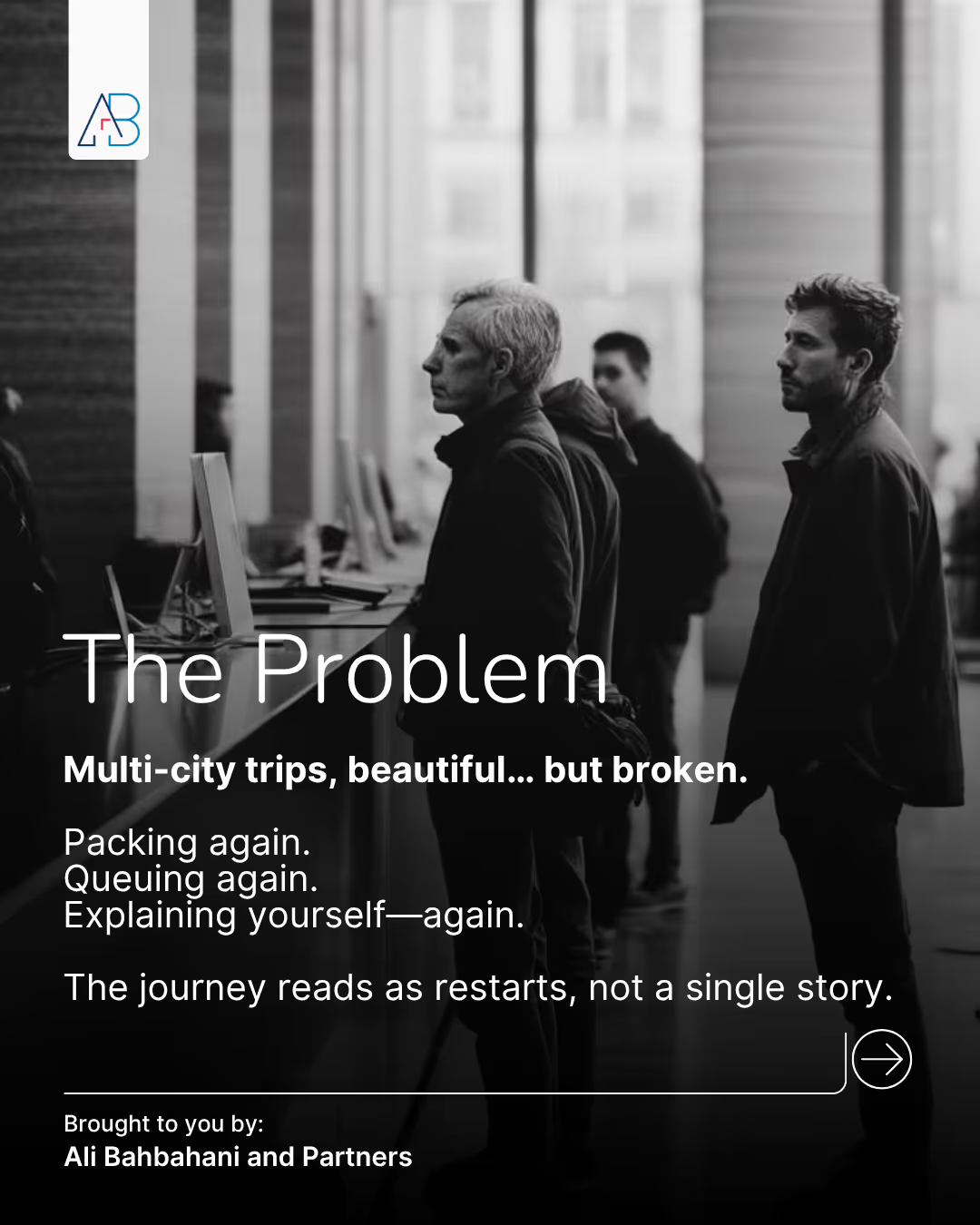
2. The Thought Experiment That Changed It All
“What if the hotel traveled with you?”
That question is simple but radical. The Touring Hotel isn’t a chain, a resort, or a villa rental. It’s a circuit: 15–20 intimate properties, connected, synchronized. You don’t book nights; you book a journey.
One profile. One key. One folio. Zero friction.
The beauty of that idea is in its promise of continuity. It’s hospitality reimagined as motion.
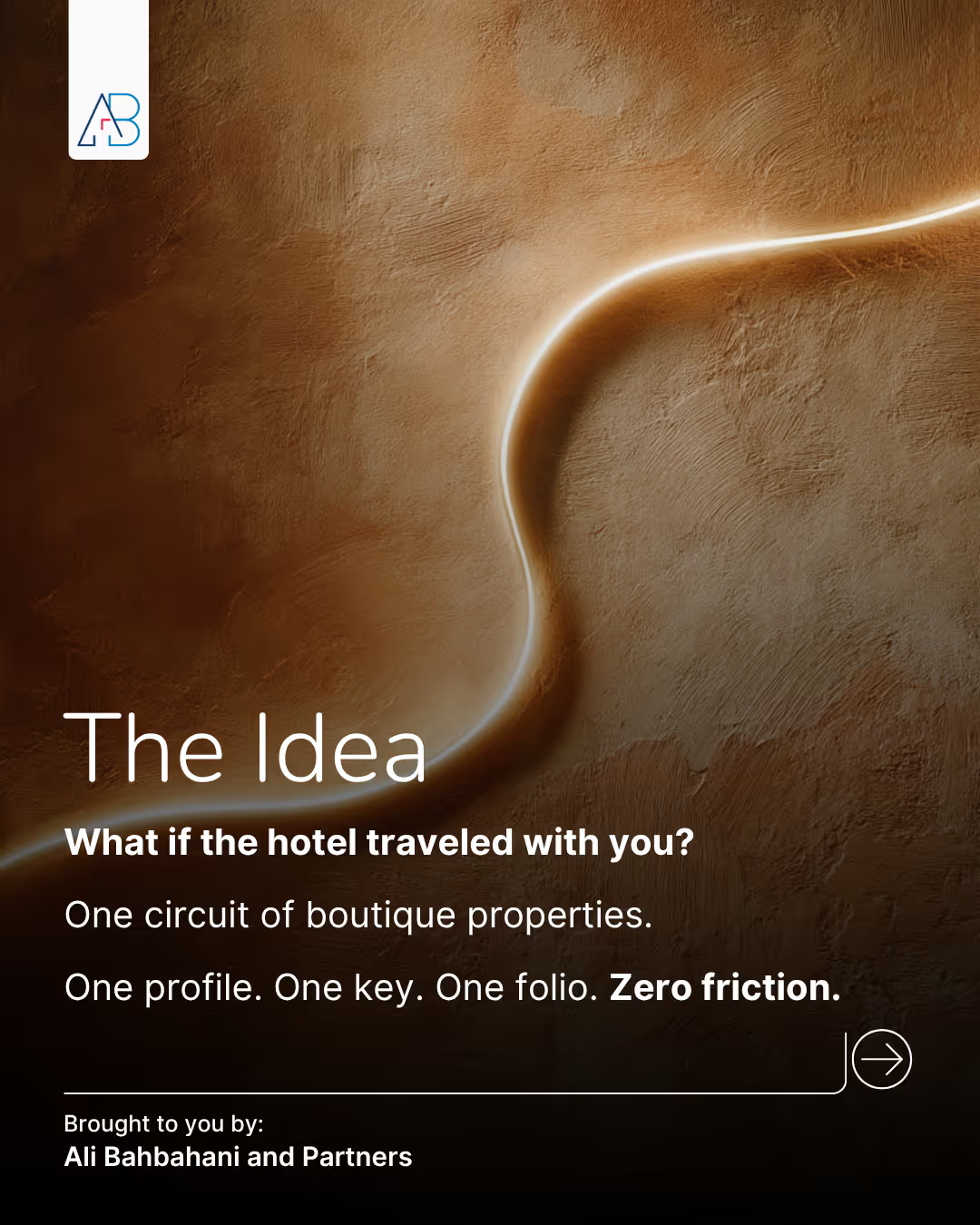
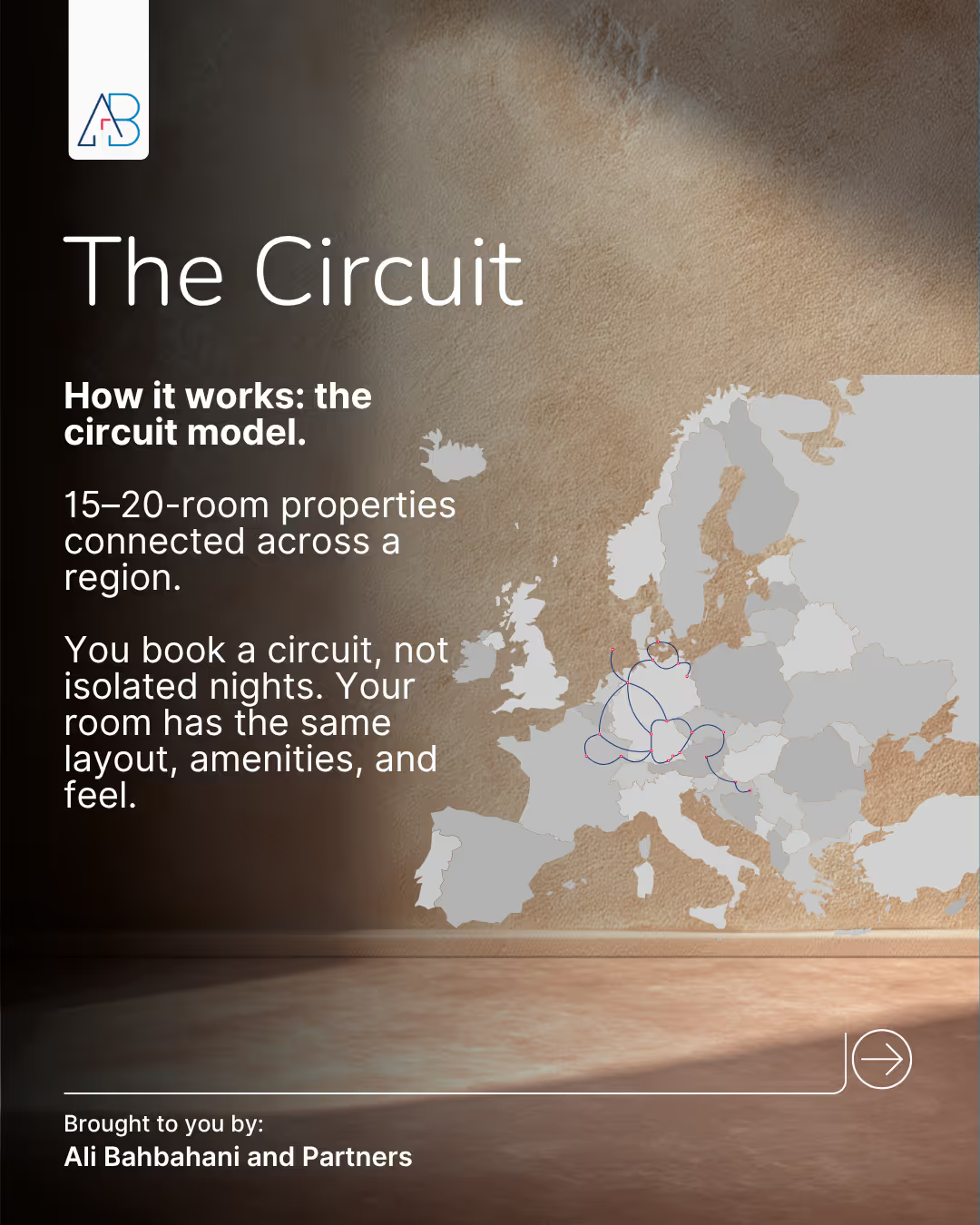
3. How the Circuit Beats the Static Model
In a traditional stay, each stop is a new beginning: new room, new staff, new systems. That fragmentation is baked into the model.
But in a circuit model:
- Your room “grammar”, preferences, and profile follow you.
- There’s no need to repeat your likes (coffee strength, pillow type, dietary quirks).
- The front desk becomes irrelevant — arrivals and departures are seamless.
- The hotel doesn’t just host your stay; it orchestrates your journey.
Because the circuit is local (France, Italy, Japan, New England, depending on scale), each property remains boutique, not a mega-hotel. That intimacy unlocks service memory, known teams, familiarity, and the feeling of being seen, not processed.
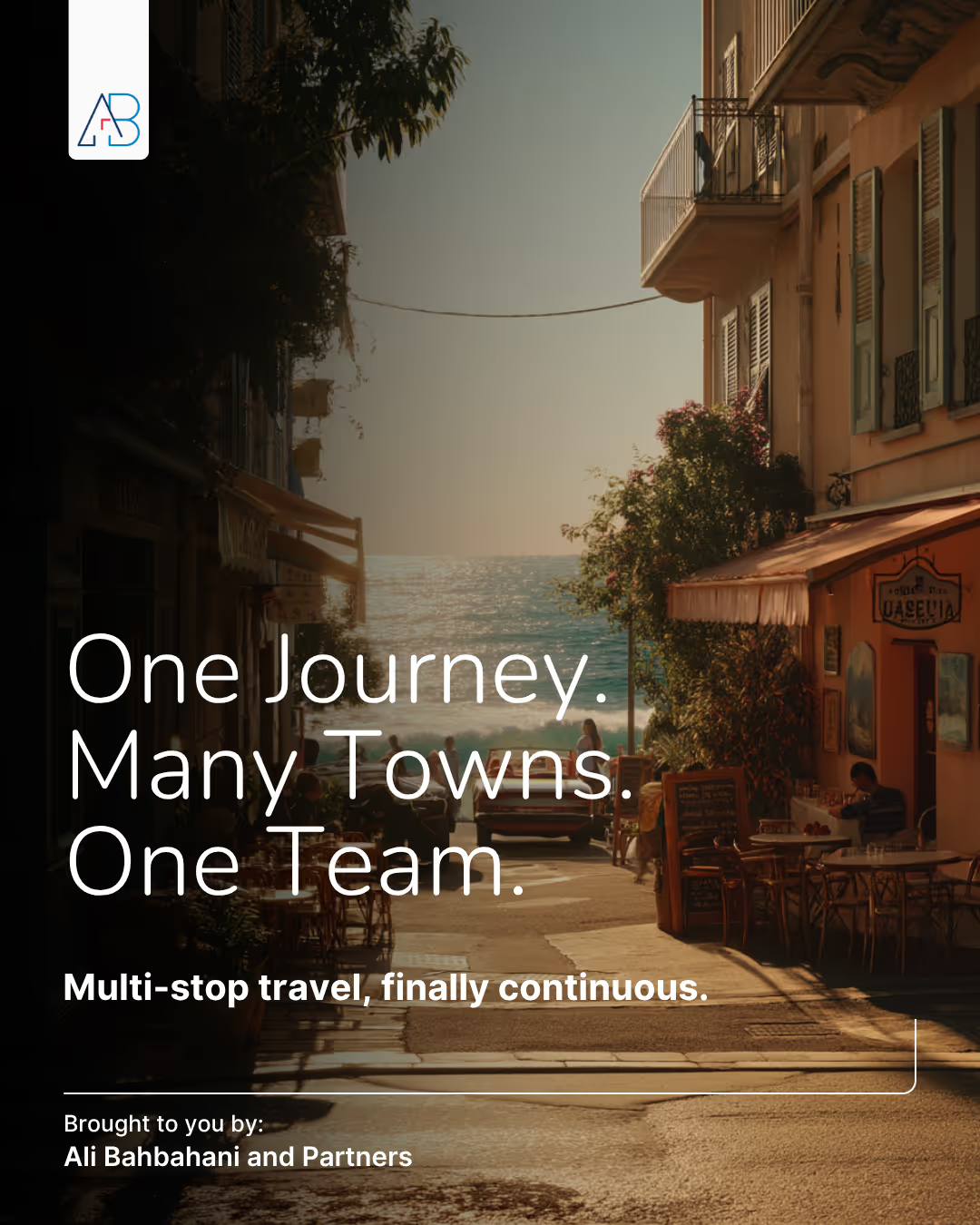

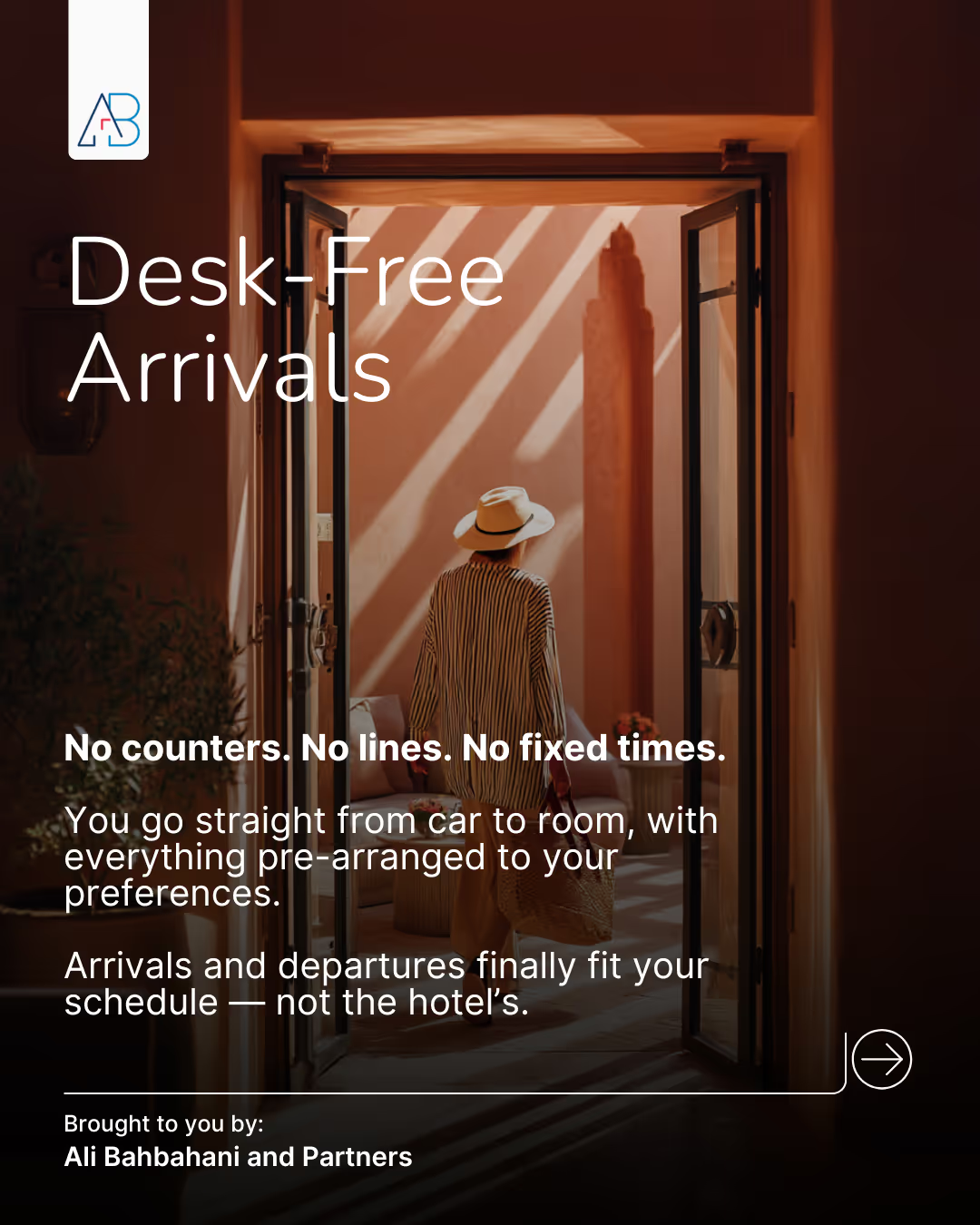
4. Walking in the Guest’s Shoes
Imagine arriving at your first stop. The door opens. No reception desk, no queue. You step in. Your wardrobe is already there, laid out exactly as you left it. The lights, the scent, the wine — all tuned to your preference.
You stroll into town. The café you pass is part of the property’s curated list. You dine. You walk home. At midnight, you return. Your room is ready — no check-in, no forms.
Then tomorrow, you move again — to the next town. And behind the scenes, your team is the same, your preferences remembered, your continuity intact.
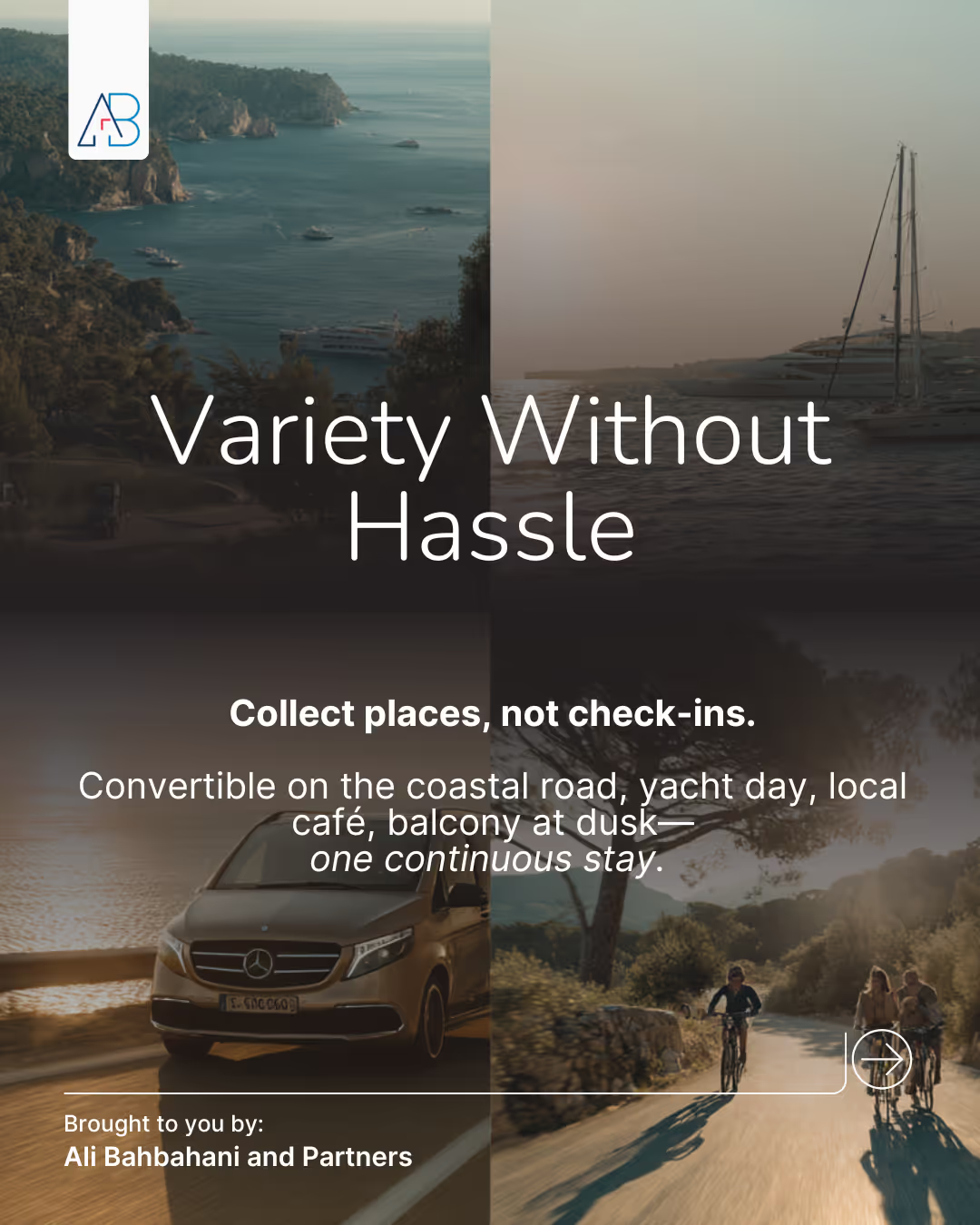
From Friction to Flow: How the Touring Hotel Reimagines Luxury Travel
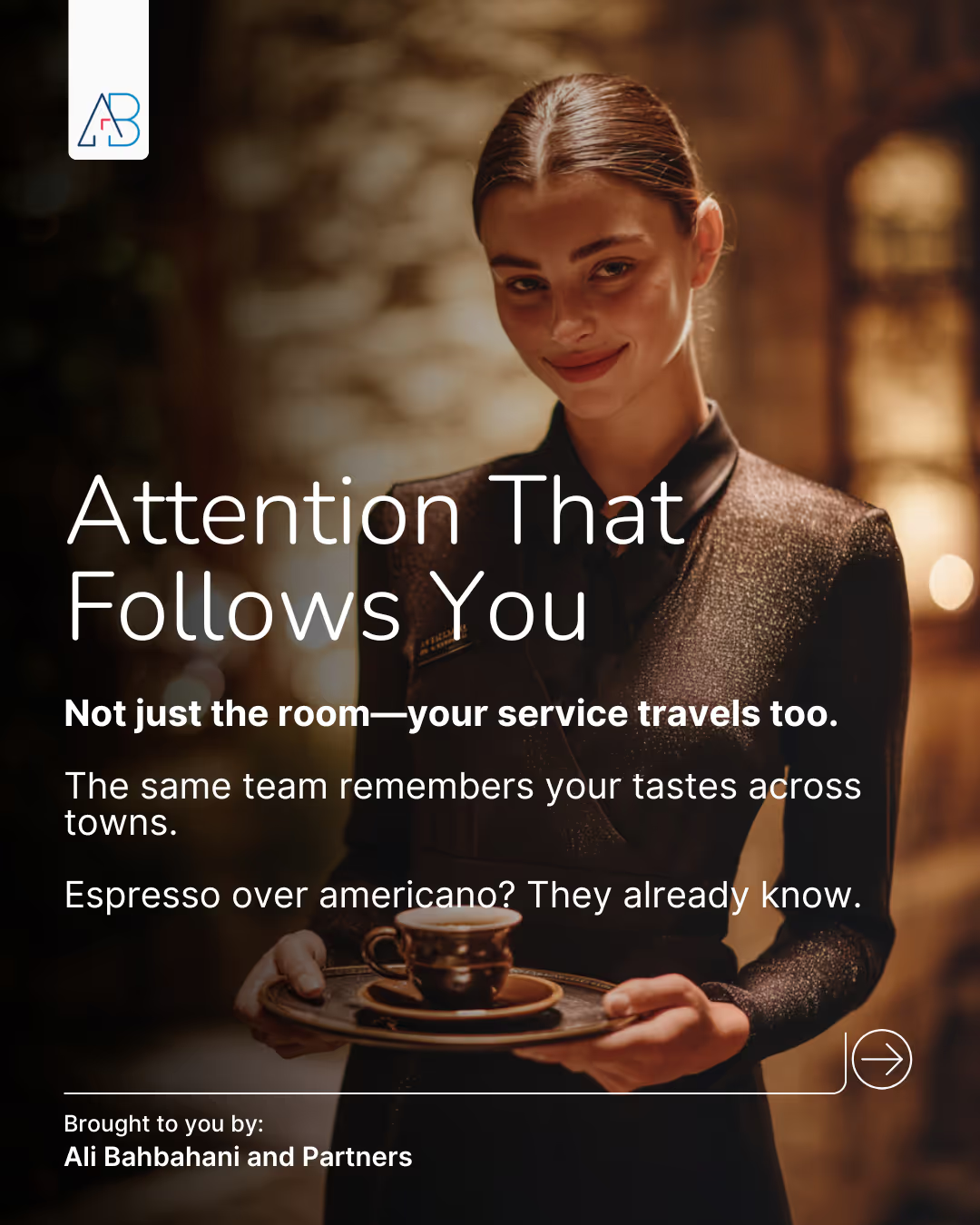
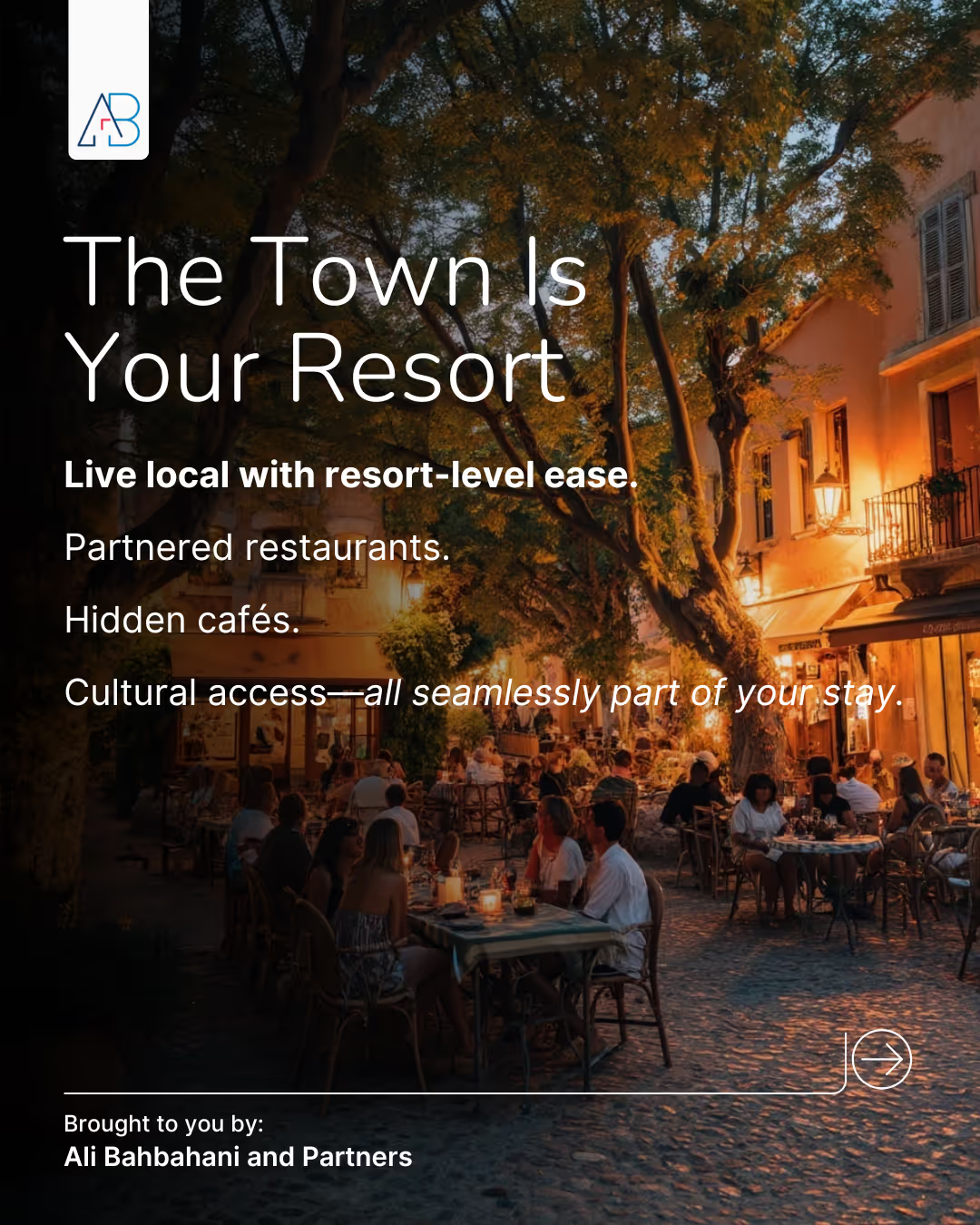
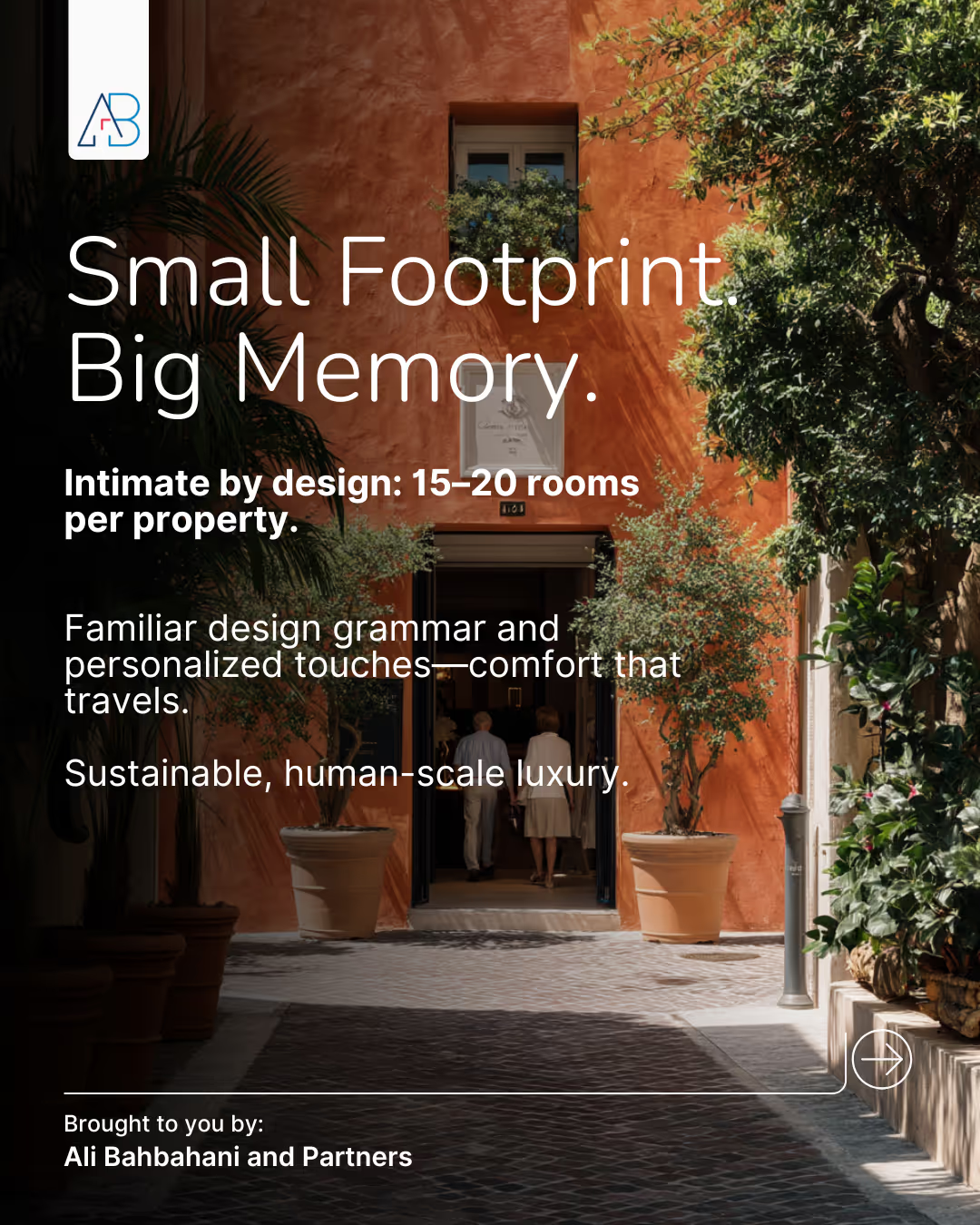
5. Why It Matters (and Why It Will Scale)
A few dimensions make this idea far from niche:
- Emotional resonance: Guests don’t just stay; they travel. The lodging becomes part of their story, not a pit stop.
- Operational efficiency: Small properties (15–20 rooms) allow for high staff-to-room ratios. Teams can specialize on guest memory, not mass ops.
- Scalability: Start in a region (e.g. French Riviera). Expand to Tuscany, Amalfi, New England, Japan. Any region with boutique character and traveler demand.
- Category creation: This isn’t just another hotel concept — it’s proposing a new axis: mobility + luxury hospitality. That’s category territory.
When I wrote “Bridging Academia and Practice”, I showed how pull factors like flexible check-in, logistics, and frictionless services influence whether someone even elects multi-destination travel. This model makes those ideal services built-in, not optional.
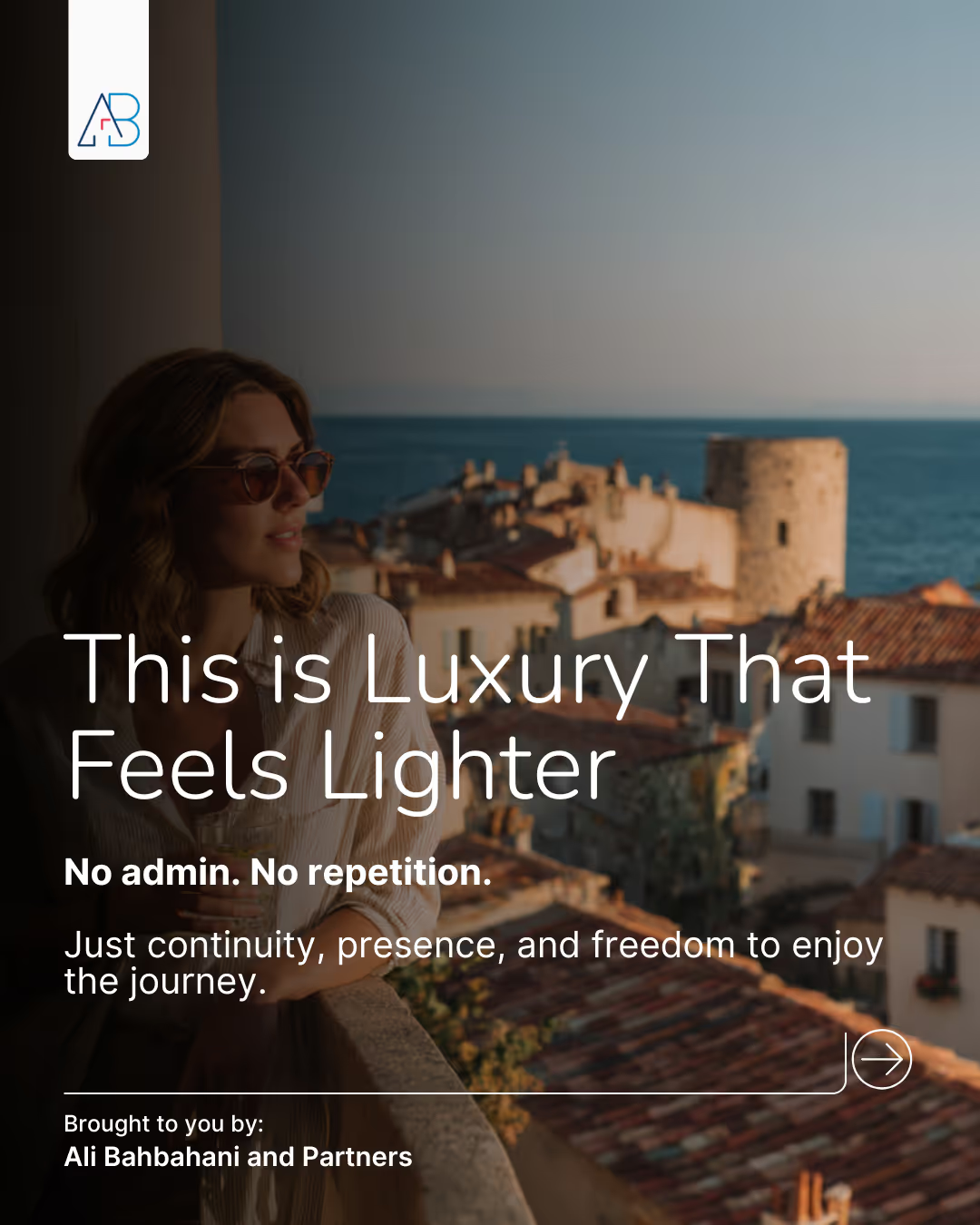
6. Where You’ll Feel the Difference (Better stays, better stories)
- Minimal mental load: Travel is less about logistics, more about discovery.
- Place becomes a playground: You’re not confined to one property, you live the town.
- Memory + delight: The same team remembers your espresso, your preference to skip seafood, your scenic route affinity.
- Luxuries that feel lighter: The joy of luxury without the admin, of presence without distraction.
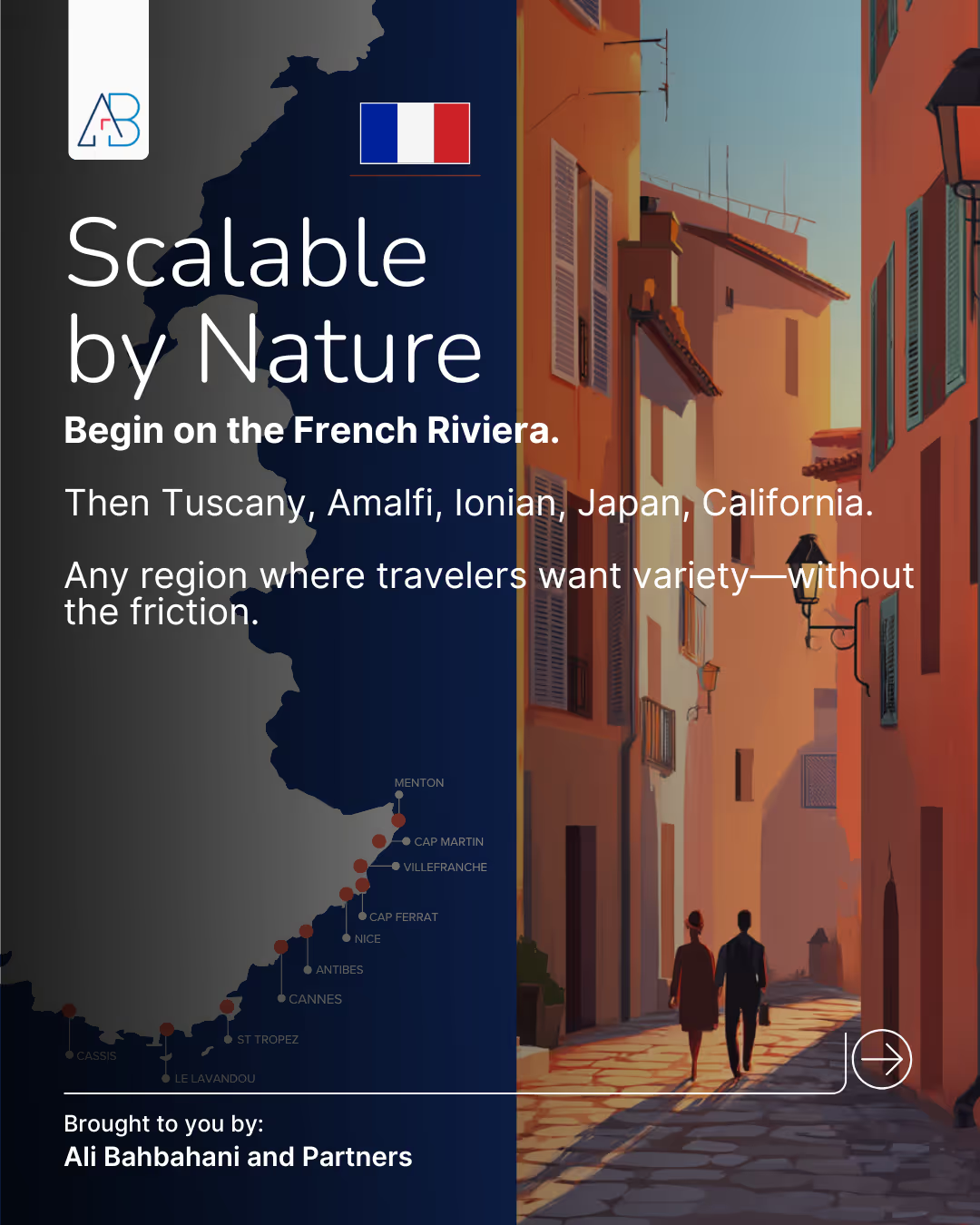
7. (Soft) Vision & Invitation
We begin this as a circuit: French Riviera (Cassis → Antibes → Cap Ferrat → Menton).
But this idea doesn’t stop there. Tuscany. Amalfi. The Ionian. Japan. New England. Wherever travelers want variety — without friction.
This is not a chain. Not a cruise. Not a villa network.
The Touring Hotel — luxury that moves with you.
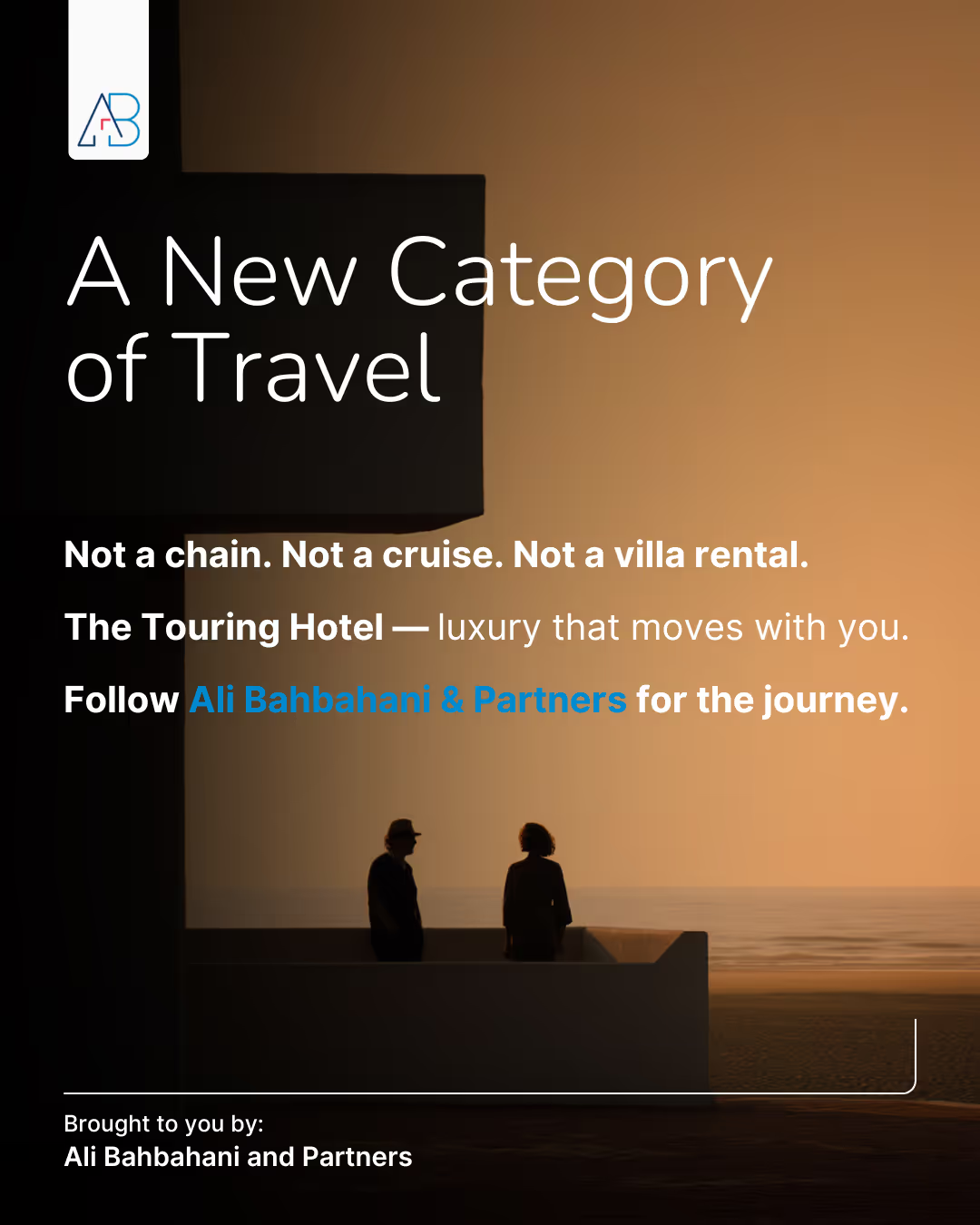
If you’re imagining a hotel concept, a travel brand pivot, or you’re curious how to design an experience that flows rather than stalls — I’d love to talk.
Explore our Hospitality Concept Creation.
Dive deeper in my published thinking:
- Luxury That Moves With You: The Touring Hotel Model (blog)
- Bridging Academia and Practice: Insights from Multi-Destination Travel Research (research)
- Innovations in Hospitality: Concept Development (concept design lens)
Let’s turn friction into flow together.

.webp)

